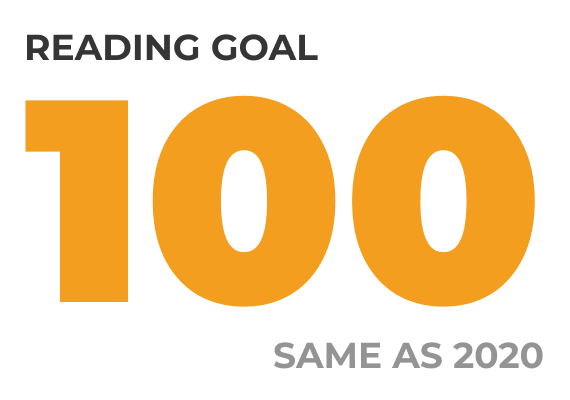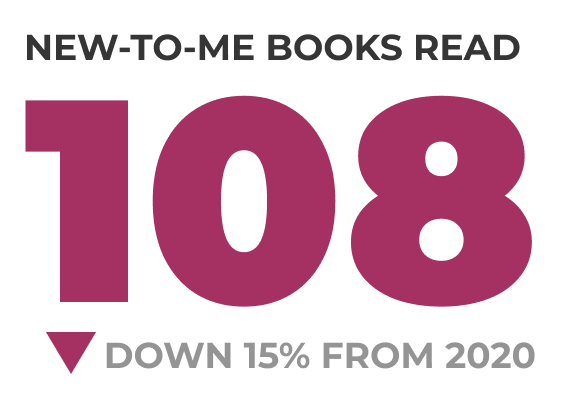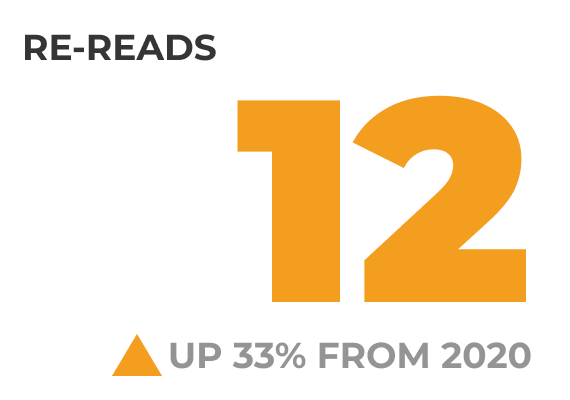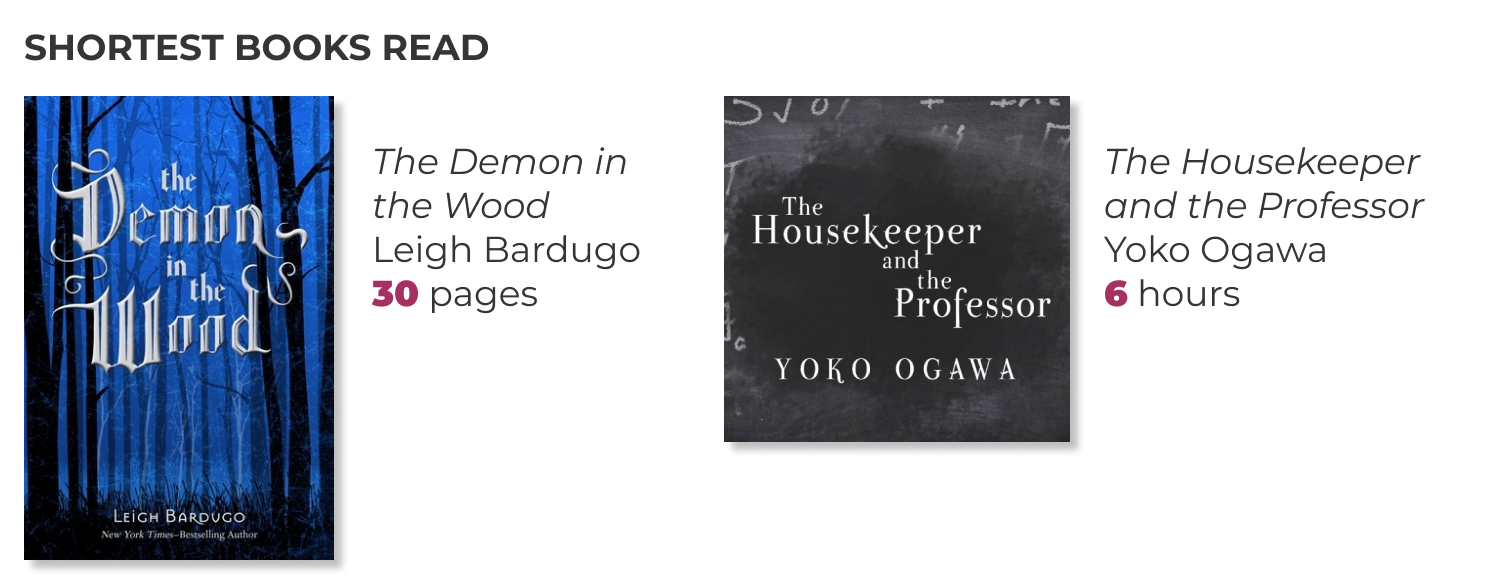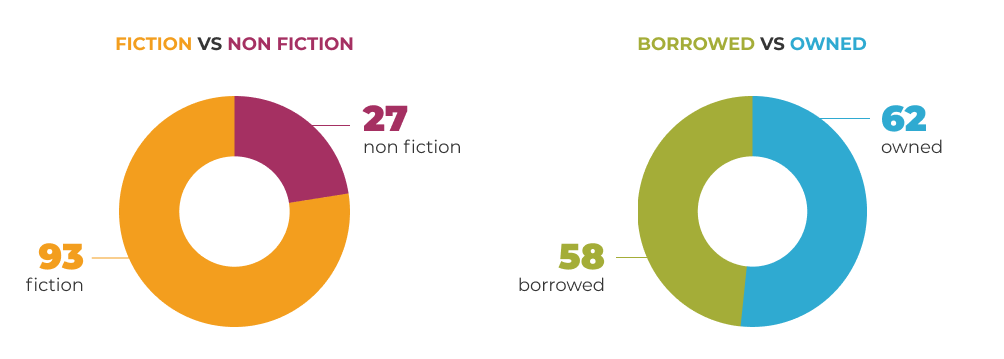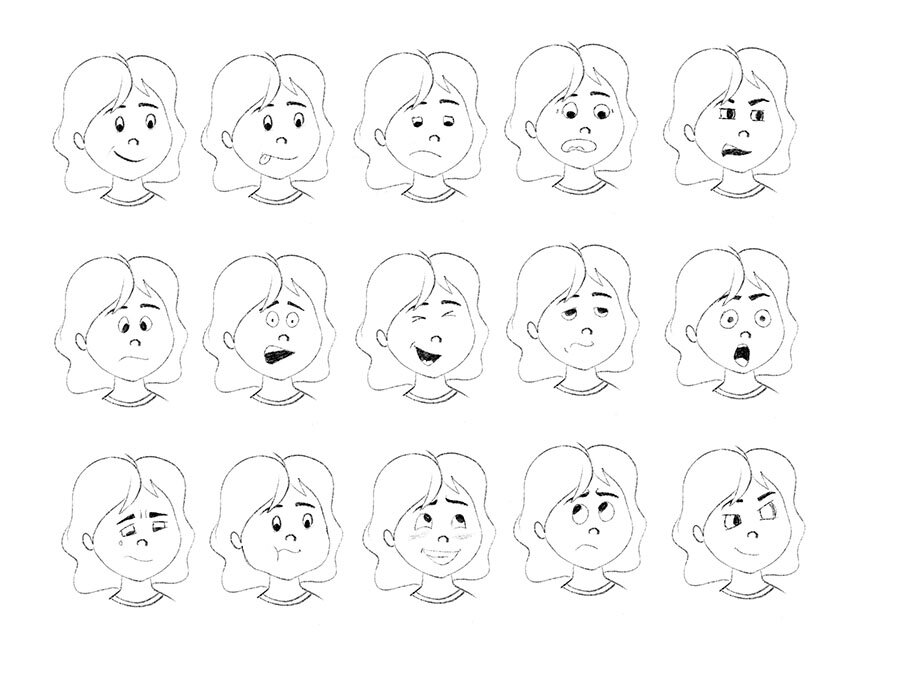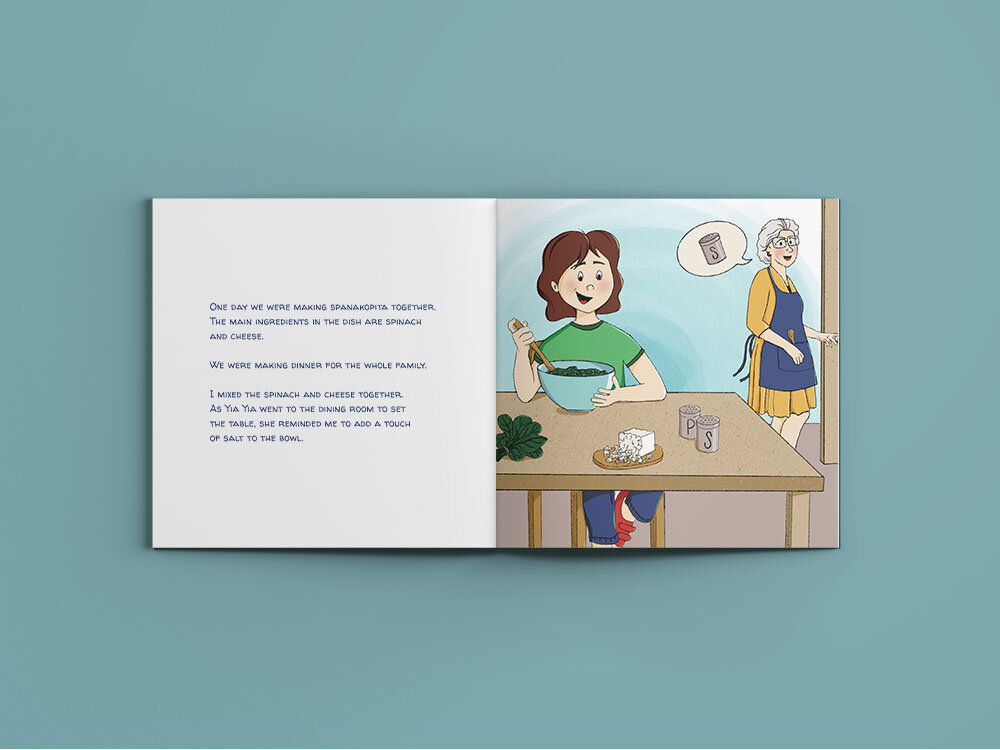I’ve been a resident of the United States since 2006. In all this time, I have traveled a bit — not as much as I would have probably liked to, but I’ve been to some places. I really like to road trip, so while living in Utah for 15 years, I went all over the West, and now that I’ve recently moved East, I started driving around this new-to-me area. Last weekend, on a short trip to Portland, Maine, I reminisced about some of my favorite places I’ve been to in this country, and I wanted to share.
Portland Head Lighthouse
1. Portland, ME
I was positively smitten with Portland, Maine. The downtown is super walkable and with a central hotel location you can walk pretty much everywhere. And if you have a car, some of the area lighthouses and beaches are a short 10-15 minute drive.
Highlights: The lighthouses, of course, I recommend visiting them in the morning AND coming back to your favorite for sunset. Portland has a great donut scene, the Holy Donut might be the famous spot, but I’d rank it as third best from all places we tried. Grab one Holy Donut just to see what the fuzz is all about, but get Hifi Donuts and Eighty8 by the dozen!
2. Monterey, CA
It could have been the arresting ocean views, but I loved Monterey for just how small town and quaint it looks, considering it’s a rich people destination for the world-famous golf courses. It was a nice spot to just walk around (or drive around!), soak up the sun and good weather, and daydream of living in a house with an ocean view.
Highlights: Bright Coffee had good hot beverages and was a cute spot, and I still think of the Tacos Al Carbon from Peppers Mexicali on a regular basis even though I don’t even really eat meat anymore.
3. Fort Collins, CO
Fort Collins was a stop between my cross-country round trip when I moved West to East. Since at the point of my move we had been in a pandemic for over a year, I decided that this one stop I was going to make it worth our while. I booked two nights, a nice hotel, and had an amazing couple of days before finishing our move. Fort Collins is delightful! If we weren’t already decided to move East, we might have been tempted to settle right there. A great downtown, amazing small town vibe.
Highlights: I had a fantastic meal at Austin’s American Grill, and the baked goods from Little Bird Bakery still haunt my dreams.
Middlebury Falls
4. Middlebury, VT
Middlebury was one of the first towns I’ve visited in Vermont, and it has that exact New England charm I expected to find there, after multiple re-watches of Gilmore Girls. A charming downtown, a green square with a gazebo right in the middle, old buildings, and the cutest bookshop in the state. The falls are also beautiful: bring a picnic blanket, grab some food to go and a book at the bookstore, and sit by the park overlooking the falls for a great summer afternoon.
Highlights: Mad Taco for the best Mexican food I’ve had in Vermont, and The Vermont Bookshop is a staple of the state.
Glacier National Park
5. Kalispell, MT
I don’t actually have any photos of Kalispell, MT… But I loved it1 I was there for only a couple of nights, to visit Glacier National Park, one of the most beautiful places I’ve ever been to. While Mike and I drove through the town, we day-dreamed about buying land there and having a bed and breakfast. Then we looked at land prices and quickly came to our senses. It’s still a lovely town! The downtown area is very walkable, with good restaurants.
Highlights: Sweet Peaks Ice Cream shop.
I retain the right to edit and augment this list as time goes by. There’s still a lot of USA I haven’t been to yet.






